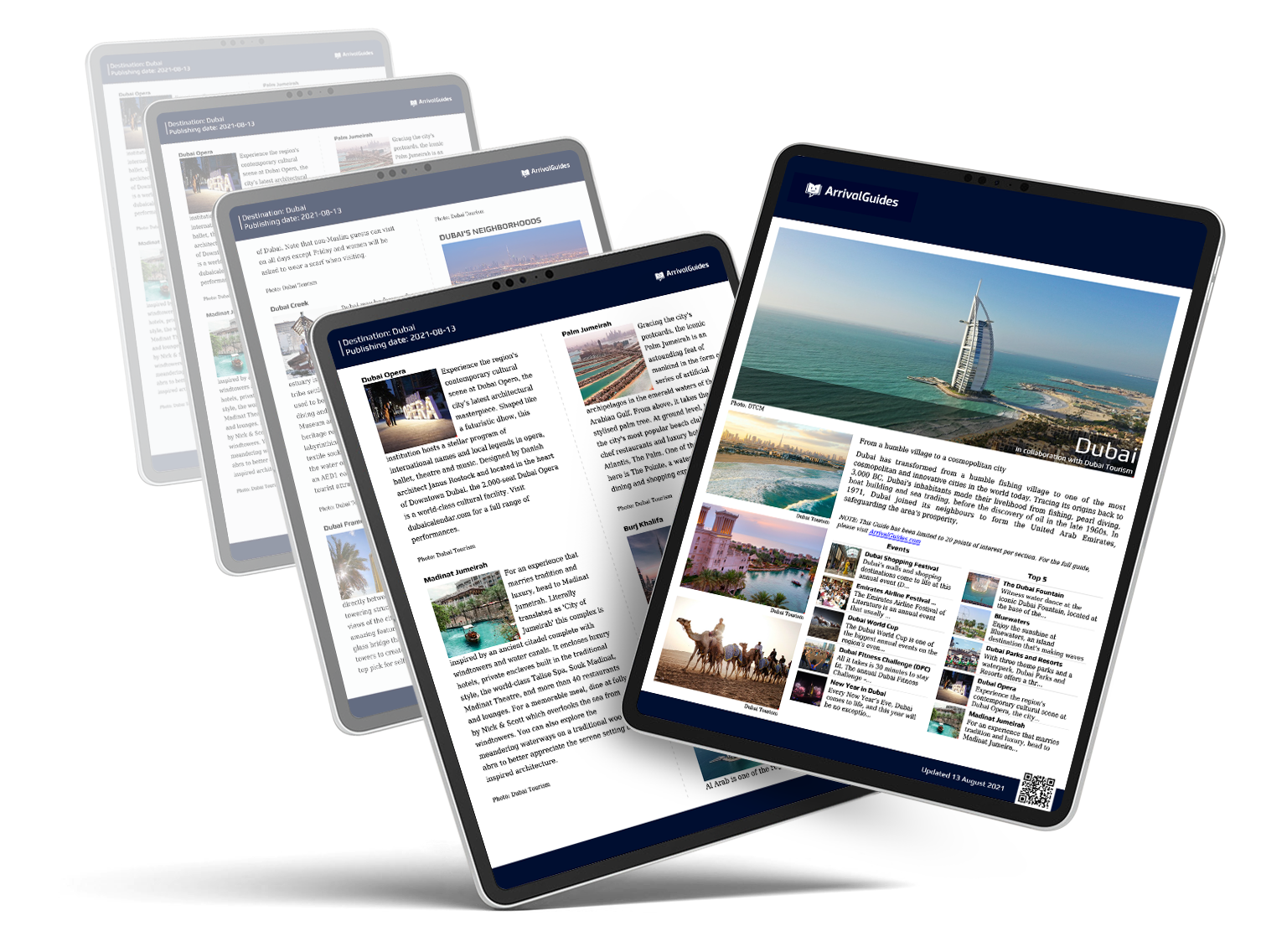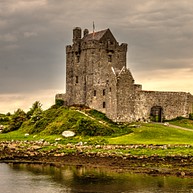
-
![parcel]() Provided by: Sonia Kardash/Unsplash
Provided by: Sonia Kardash/Unsplash

Our travel guides are free to read and explore online. If you want to get your own copy, the full travel guide for this destination is available to you offline* to bring along anywhere or print for your trip.
*this will be downloaded as a PDF.Price
€4,95
Post
The guide was updated:Offices of Ireland’s national postal service are usually open Mon–Fri 9am–5:30 pm, and Sat 9am–1pm. Offices in bigger cities in Galway County, such as the Galway Post Office in Galway City itself, may have extended Saturday opening hours while other ones can set up individual operating hours as well.
Useful Information
- Address: 3 Eglinton Street, Galway
- Opening hours: Mon–Sat 9am–5:30pm
- Website: www.anpost.com
- Phone: +353 91 534 727
Digital Travel Guide Download
Our travel guides are free to read and explore online. If you want to get your own copy, the full travel guide for this destination is available to you offline* to bring along anywhere or print for your trip.
*this will be downloaded as a PDF.Price
€4,95

Since its closure in 2011, Galway Airport no longer offers direct flights to the city. Nevertheless, Galway is easily accessed from alternative airports. Dublin Airport (DUB) is approximately a 2.5-hour drive away, Ireland West Airport (NOC) at Knock is a 1-hour drive, and Shannon International Airport is also just a 1-hour drive from Galway.
To travel from any of these airports to Galway, the most straightforward and cost-effective option is by bus. Bus Eireann provides bus services connecting all three airports to Galway, ensuring a hassle-free journey for travellers.
Read more

Passport & Visa
Ireland’s passport and visa requirements vary for different nationalities. Citizens of the United Kingdom and EU countries (including Iceland, Norway, Switzerland and Liechtenstein), need a passport or a valid ID. The rest of the citizens of other countries will need a passport.
Many countries, including the United States, Canada, United Arab Emirates, Australia, and New Zealand, benefit from visa-free entry for tourism short stays of up to 90 days maximum.
For those requiring a short-stay visa (valid for 3 months maximum), such as travellers from some Middle-East, African or Asian nations, the visa must be obtained prior to arrival. All travellers should ensure their passport is valid for at least three months beyond their intended stay. If you're not sure whether or not to apply for a visa, we recommend you contact the embassy or consulate in your country.
Read more

Best Time to Visit
Galway is a wonderful destination to visit almost all year round, but the period between July and September offers the best weather conditions. This is due to the influence of the Gulf Stream, which results in a mild summer characterised by temperatures ranging from 14 to 16 degrees Celsius (60 to 70 Fahrenheit). During the winter, temperatures drop to 4 to 7 degrees Celsius (30 to 40 degrees Fahrenheit), making it quite cold and wet.
While the city gets lively especially during the warmer months, with numerous events like The Clarenbridge Oyster Festival and The Galway Arts Festival and people sitting outside in restaurants and cafés, the winter can also be cosy, as people gather at pubs for a pint and socialise.
Read more

Public Transport
Exploring Galway on foot is the best way to navigate the city. With its maze of narrow streets and pedestrian-only areas, it's easy to reach any destination within the central business district by simply walking.
And while walking is the preferred mode of transportation, there are also two bus companies — Bus Éireann and Galway City Direct — that provide bus services throughout the city. These services can be convenient if you need to travel beyond the central area or explore the outskirts of Galway.
To make your bus travel even easier, both companies accept the Leap Card — a prepaid travel card that simplifies fare payment on public transport across Ireland. Whether you're hopping on a bus, train, DART, or Luas tram in Dublin, Cork, Galway, Limerick, Waterford, Sligo, Athlone, Kilkenny or Wexford, the Leap Card has you covered. It also extends to city and town services throughout Ireland, making it a versatile option for seamless travel.
Read more

Taxi
Procabs
+353 91 535 353
Big O Taxis Galway
+353 91 585 858
Read more

Pharmacy
Pharmacies can be found across Galway City and Galway County, and they are usually marked by a brand logo. University Late Night Pharmacy, near the University of Galway, is open daily.
Below are the directions to Walsh's Pharmacy, which can be found in the Corrib Shopping Centre in the heart of Galway City.
Read more

Post
Offices of Ireland’s national postal service are usually open Mon–Fri 9am–5:30 pm, and Sat 9am–1pm. Offices in bigger cities in Galway County, such as the Galway Post Office in Galway City itself, may have extended Saturday opening hours while other ones can set up individual operating hours as well.
Read more

Driving
If you're a resident of the U.S., Canada, or the European Union and you have a valid driving licence, then you will be able to drive in the Republic of Ireland. Drivers from other countries will need to obtain an International Driver's Permit.
Also, make sure to familiarise yourself with the Irish road rules. As a start: Ireland has left-hand traffic and speed limits are determined to be 50 kph (30 mph) in urban areas; 80 kph (50 mph) on single open roads; 100 kph (60 mph) on national roads (marked by a green sign); and 120 kph (74.5 mph) on motorways.
Read more

Telephone
Country code: +353
Area code: 91
Read more

Electricity
In Ireland, the standard plug type is G, which has three rectangular pins in a triangular pattern, which is also used in the United Kingdom. The country utilises a 230V supply voltage and operates on a 50Hz frequency.
Read more


